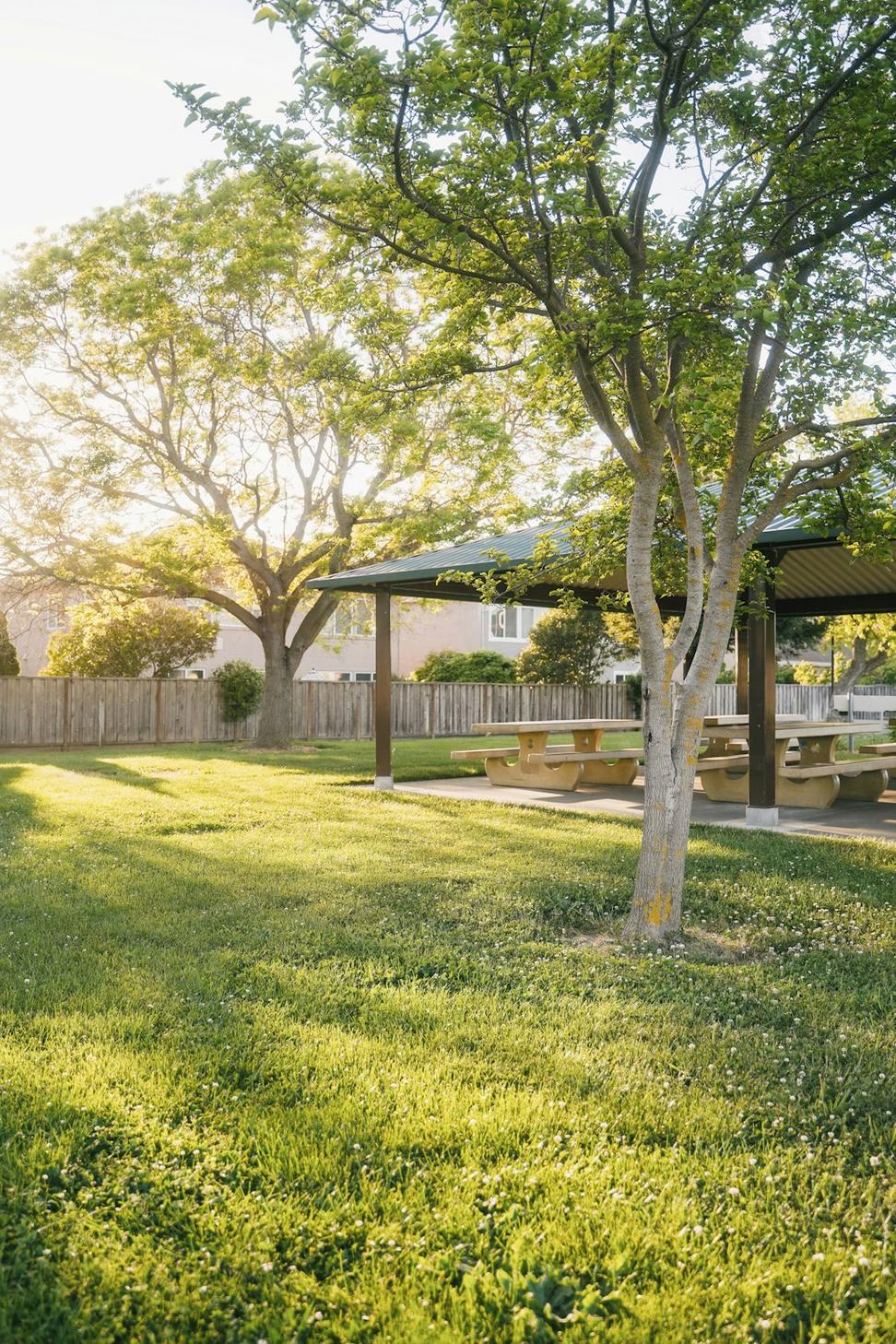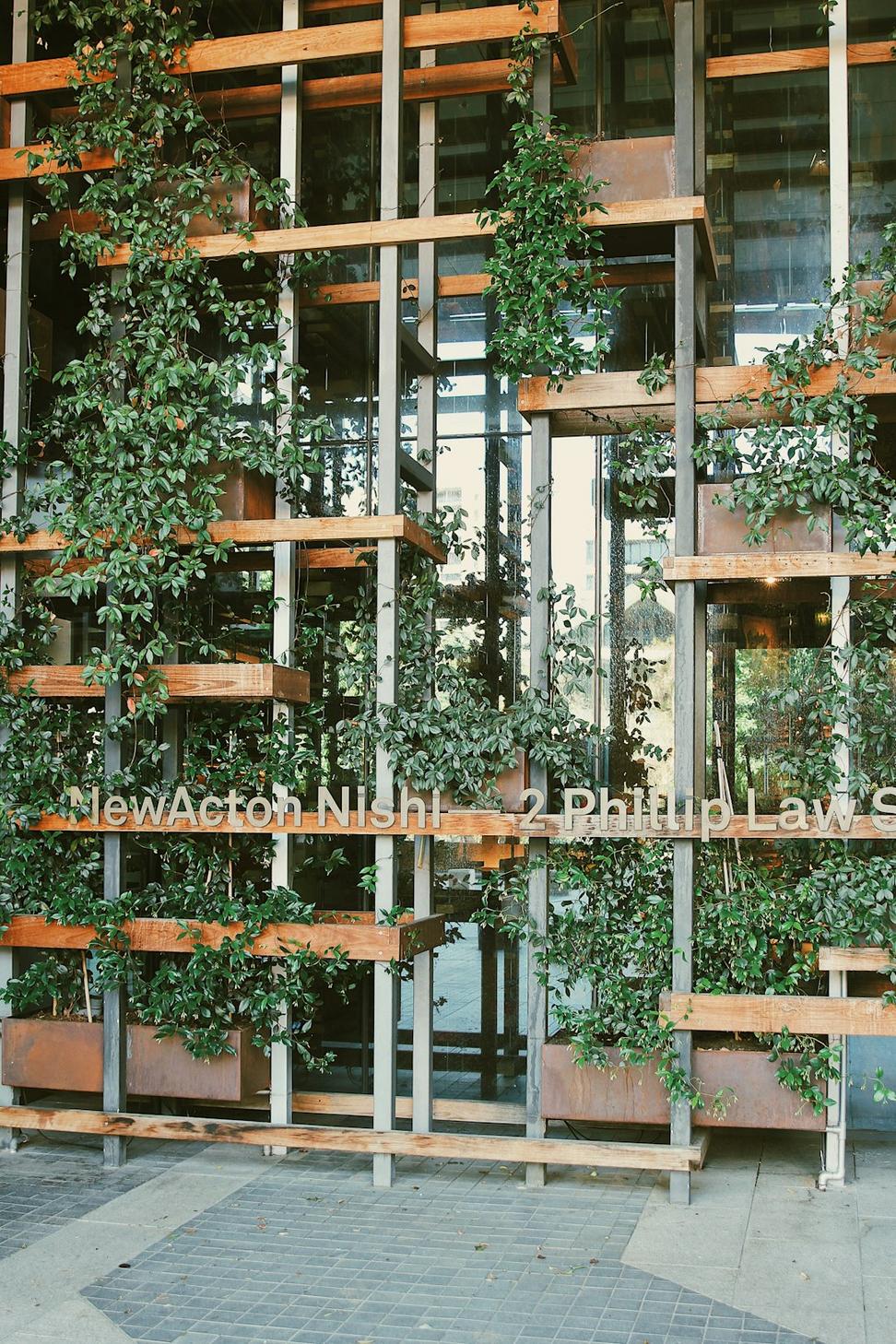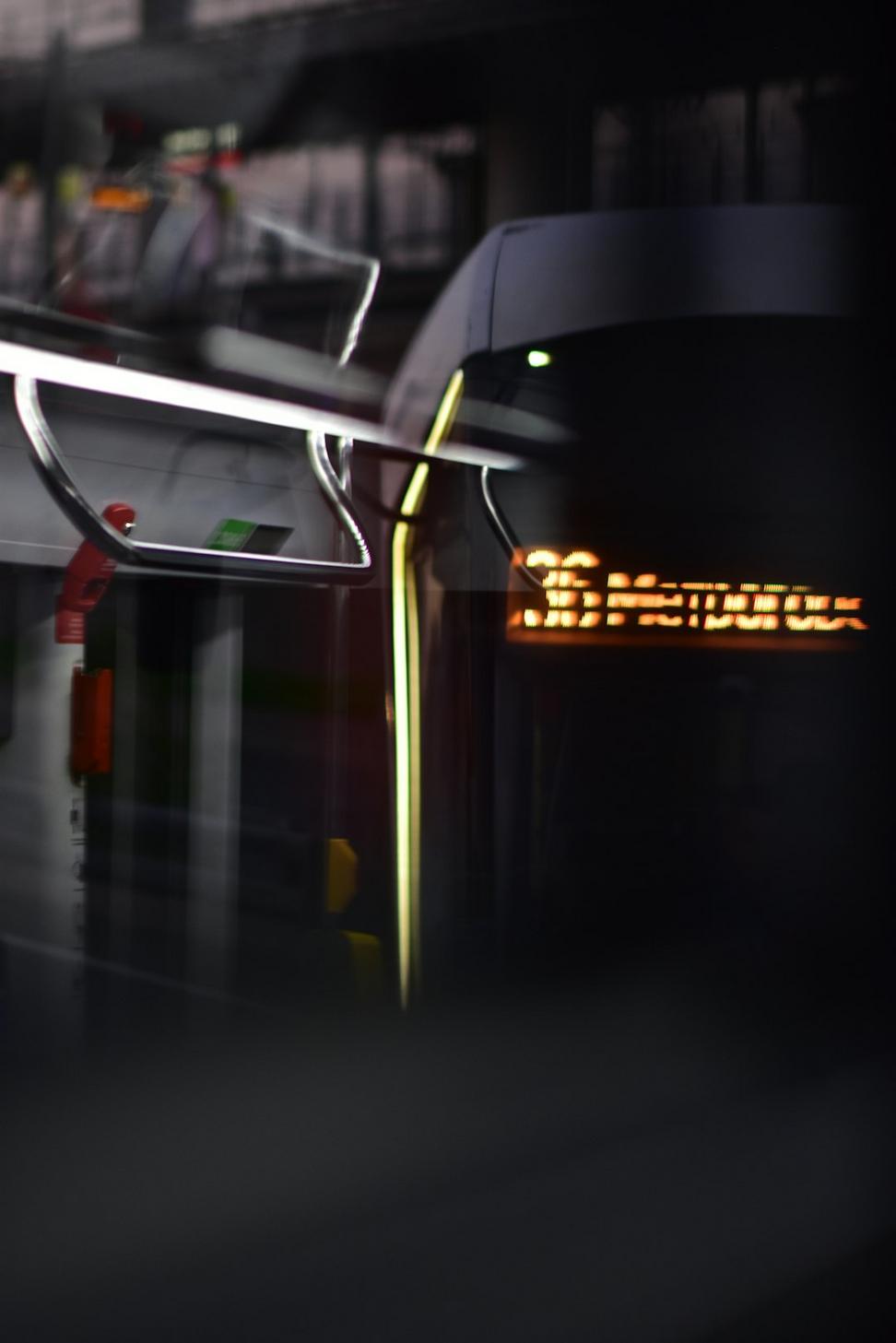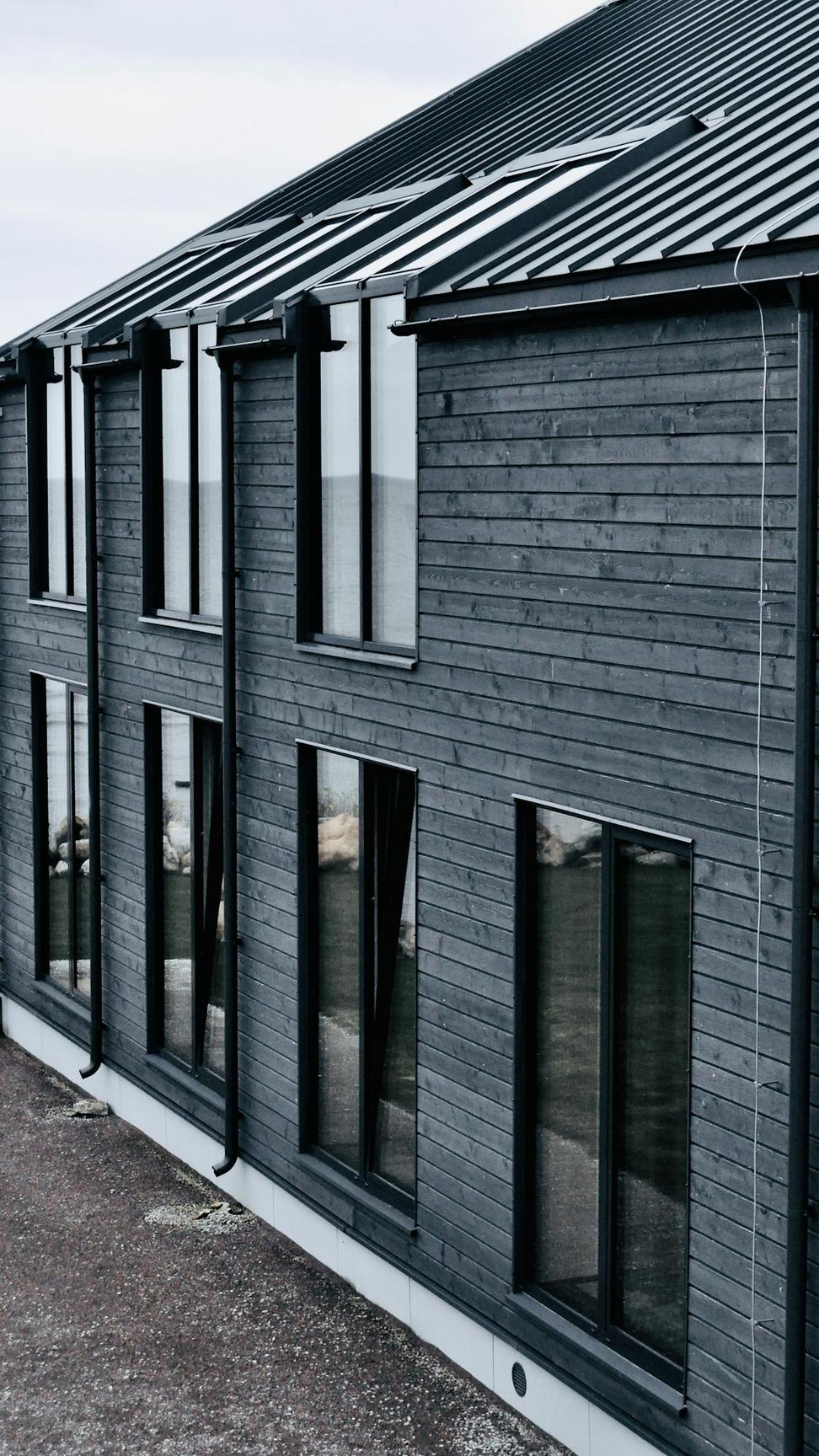
We've Got The Credentials
Yeah, we're certified—and not just on paper. These aren't wall decorations for us. They're commitments we take seriously on every single project.
LEED Accredited
Multiple team members with AP credentials
Living Building Challenge
Certified practitioners
Passive House Institute
CPHC certified designers
Canada Green Building Council
Active members since 2015




